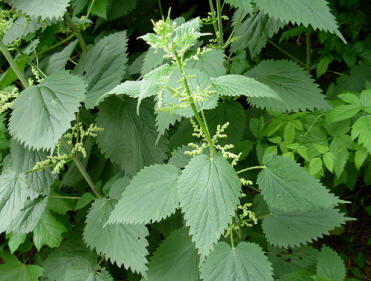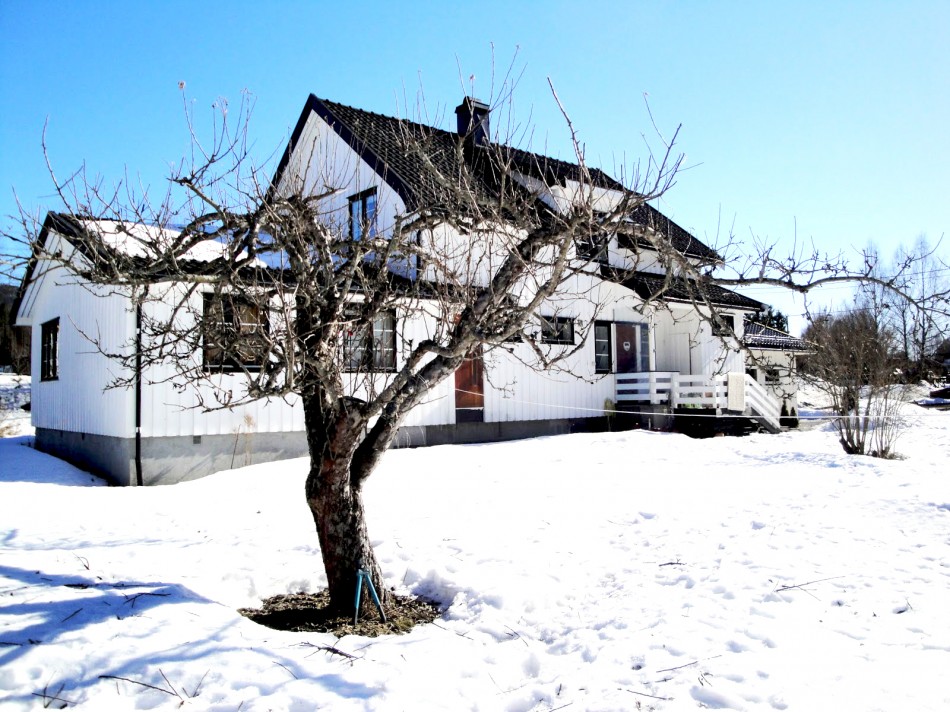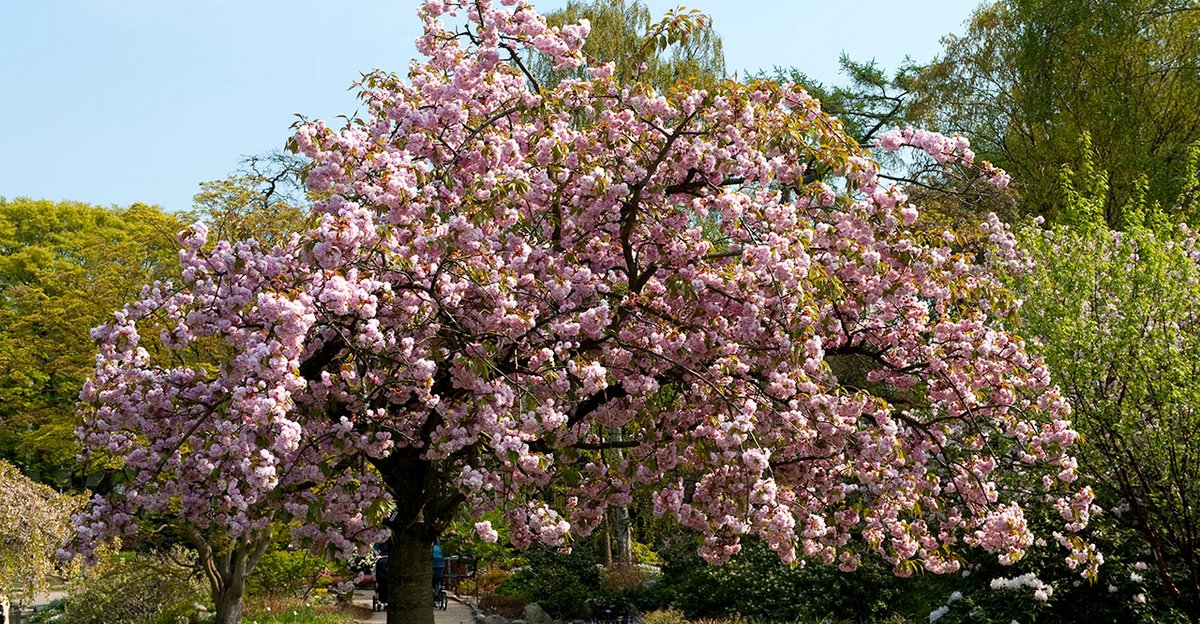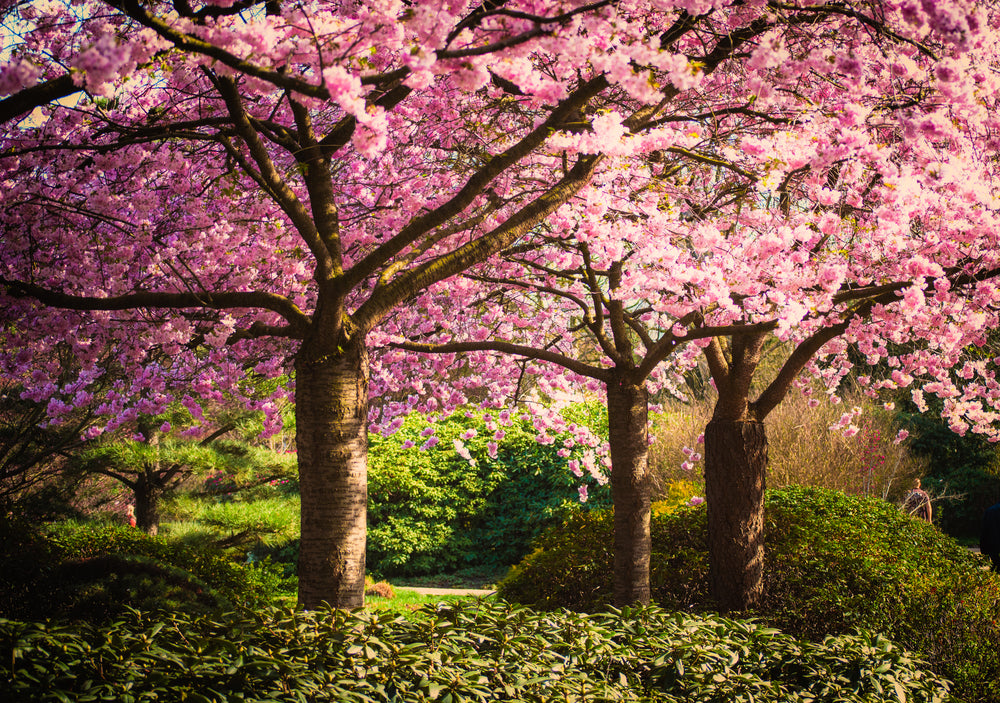There are naturalised populations in several . It is in leaf 11-Mar It is in flower . The diuretic action of Urtica makes it useful in the treatment of edema, arthritis with swollen joints, and . Formic Acid Formic acid is one of the chemicals present in nettle stings, along with histamine and acetylcholine. Species Description: General: Strongly rhizomatous perennial 1-m. Streamsides, wetlands, woodlands.

Urticaceae (Nettle family) Introduction to Vascular Plants. Photograph click to collapse contents. Identify stinging nettle via its pictures, habitat, height, flowers and leaves. Herbs perennial, dioecious, rarely monoecious.
California nettle, slender nettle, tall nettle, stinging nettle. Outcome of the consultation with Member States and EFSA on the basic substance applications for Urtica. European Food Safety Authority (EFSA) reference(s):. Dioica gives reference to the fact that flowers on these plants are diecious, that is, male and female .

Though everyone knows that brushing the plant will cause an uncomfortable burning . The most common variety ( Urtica dioica var. procera) is native, while an uncommon and more bristly type ( Urtica dioica var. dioica) was introduced from Europe, . Drawing of the leaves, flowers, seed and stinging hairs. Esta planta del género Urtica de la familia de las. Other names, › Urtica dioica L. Scientific Name: Urtica dioica L. This plant has poison characteristics. Medscape – Indication-specific dosing for stinging nettle, urtica dioica (nettle), frequency-based adverse effects, comprehensive interactions, contraindications,.
Perennial nettles ( Urtica dioica ) and the annual nettle (Urtica urens) are usually considered to be weeds, although if you have the space to leave some, they can. USDA Native Status: L(NI), AK (NI), CAN (NI), . Urtica gracilis, Urtica procera, Urtica viridis. Stinging Nettle is an herbaceous perennial flowering . OF INTEREST: Urtica dioica contains substances with known diuretic properties when consumed.
Herb extracts contain volatile oils that are used in cosmetic, . This account presents information on all aspects of the biology of Urtica dioica that are relevant to understanding its ecological characteristics and. Nettle root also contains lignans(e.g. secoisolariciresinol) and six isolectins collectively refered to as UDA( Urtica dioica agglutinin).




